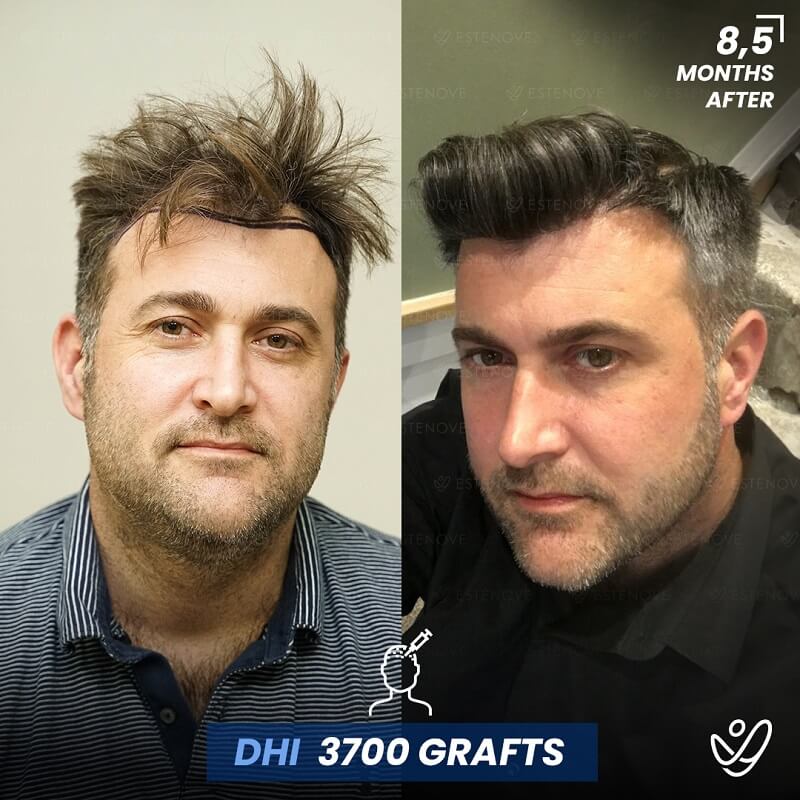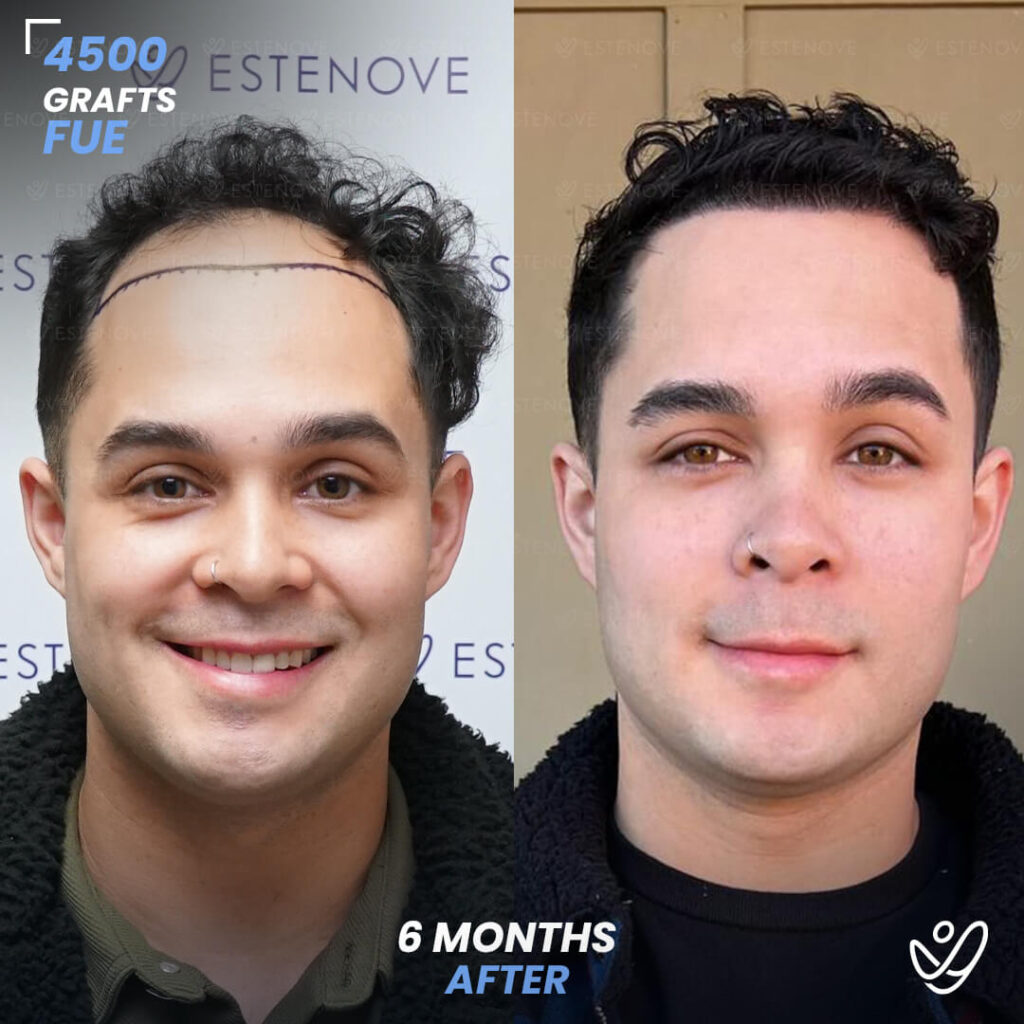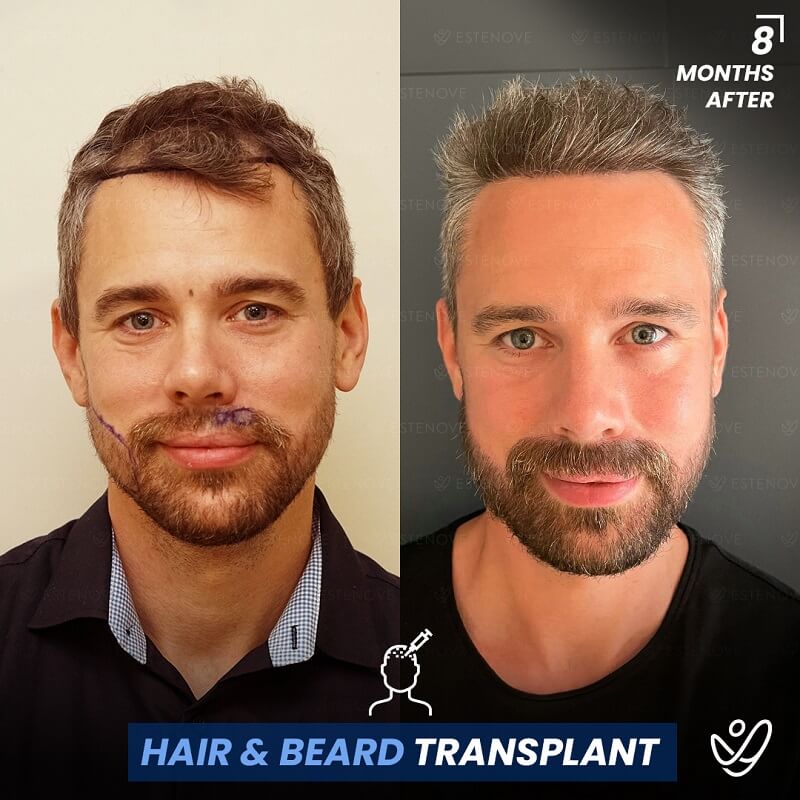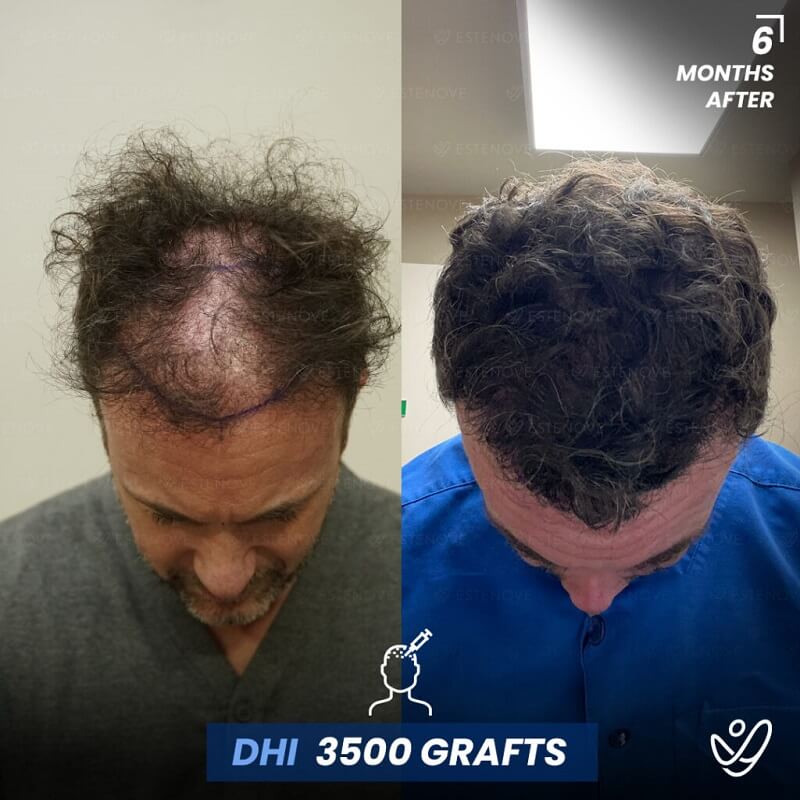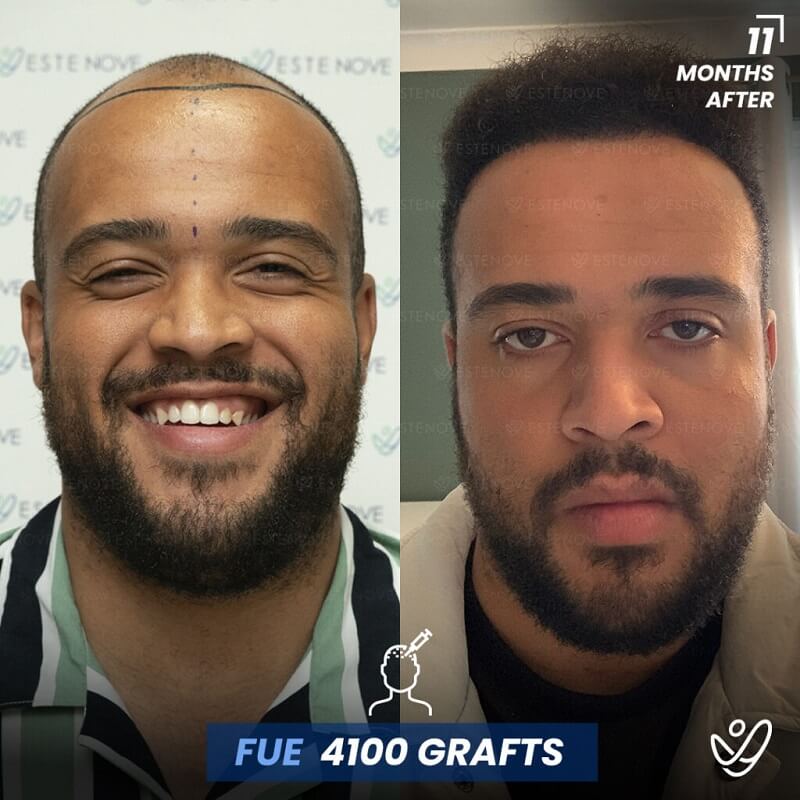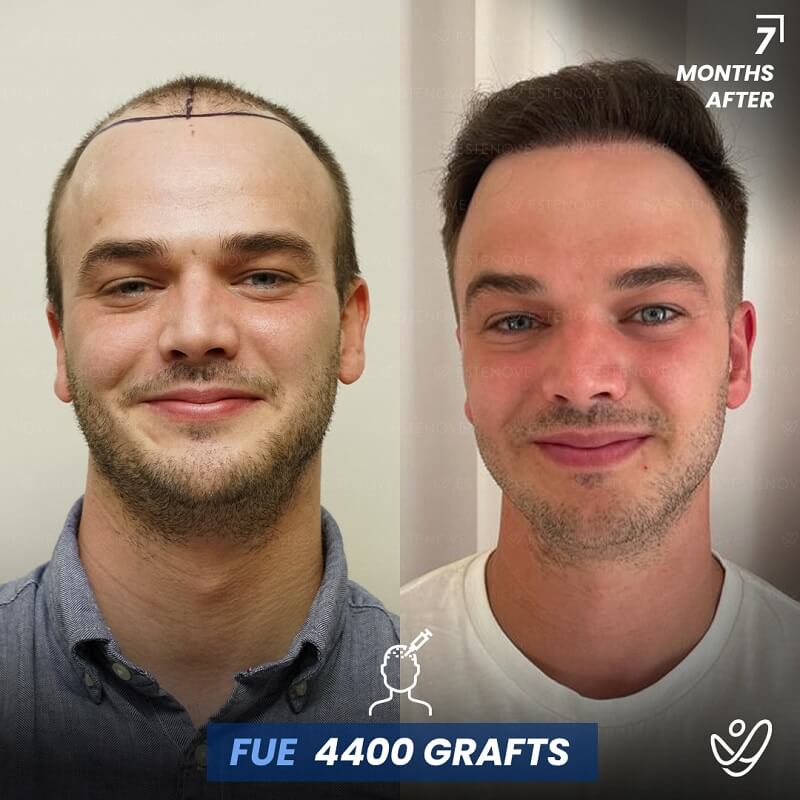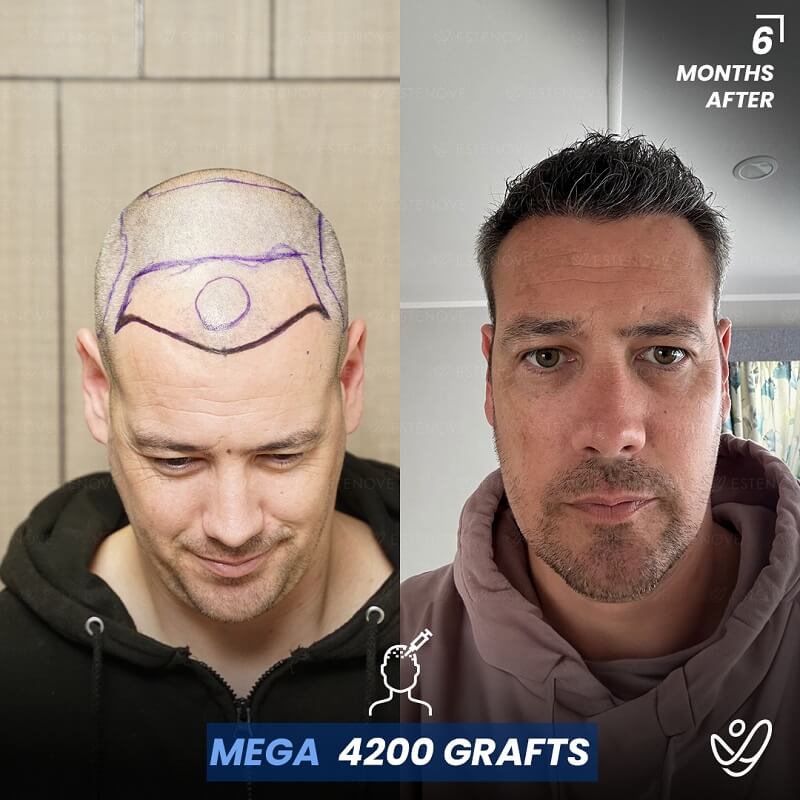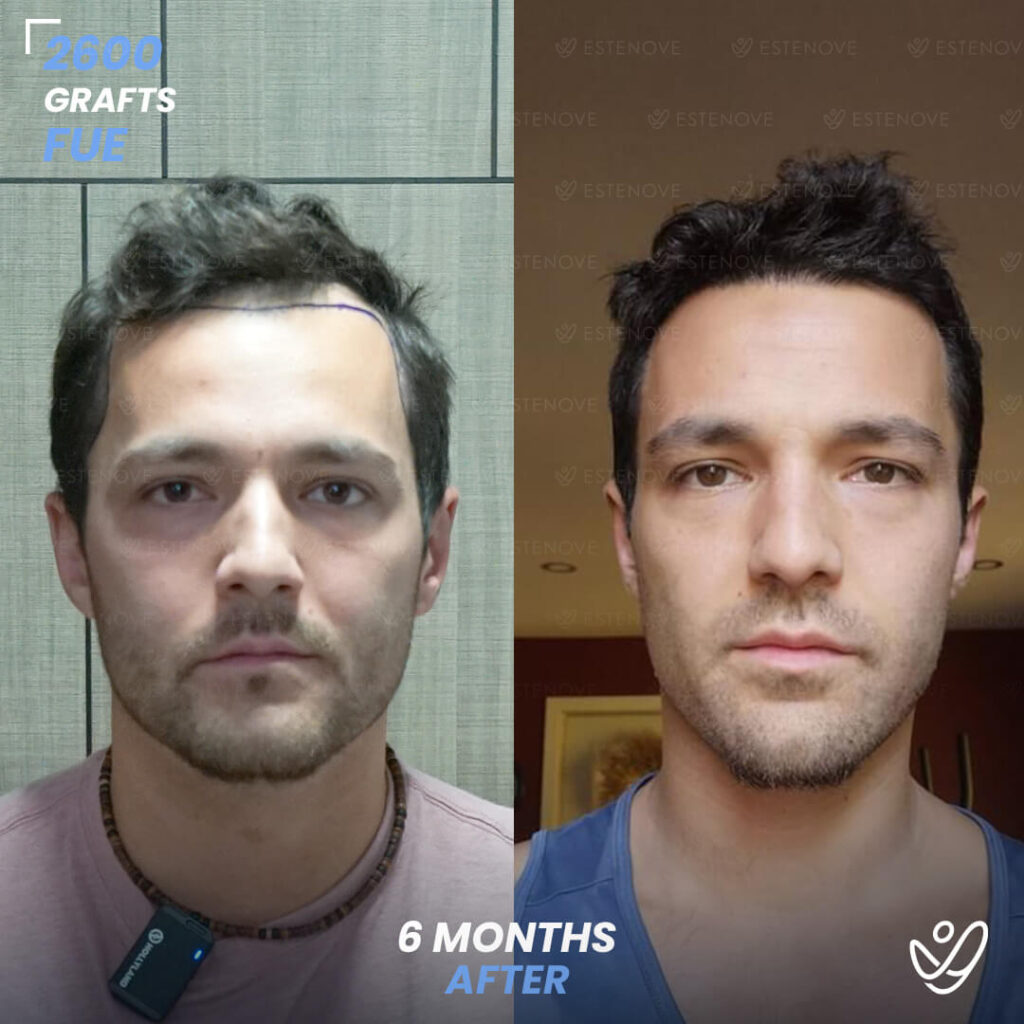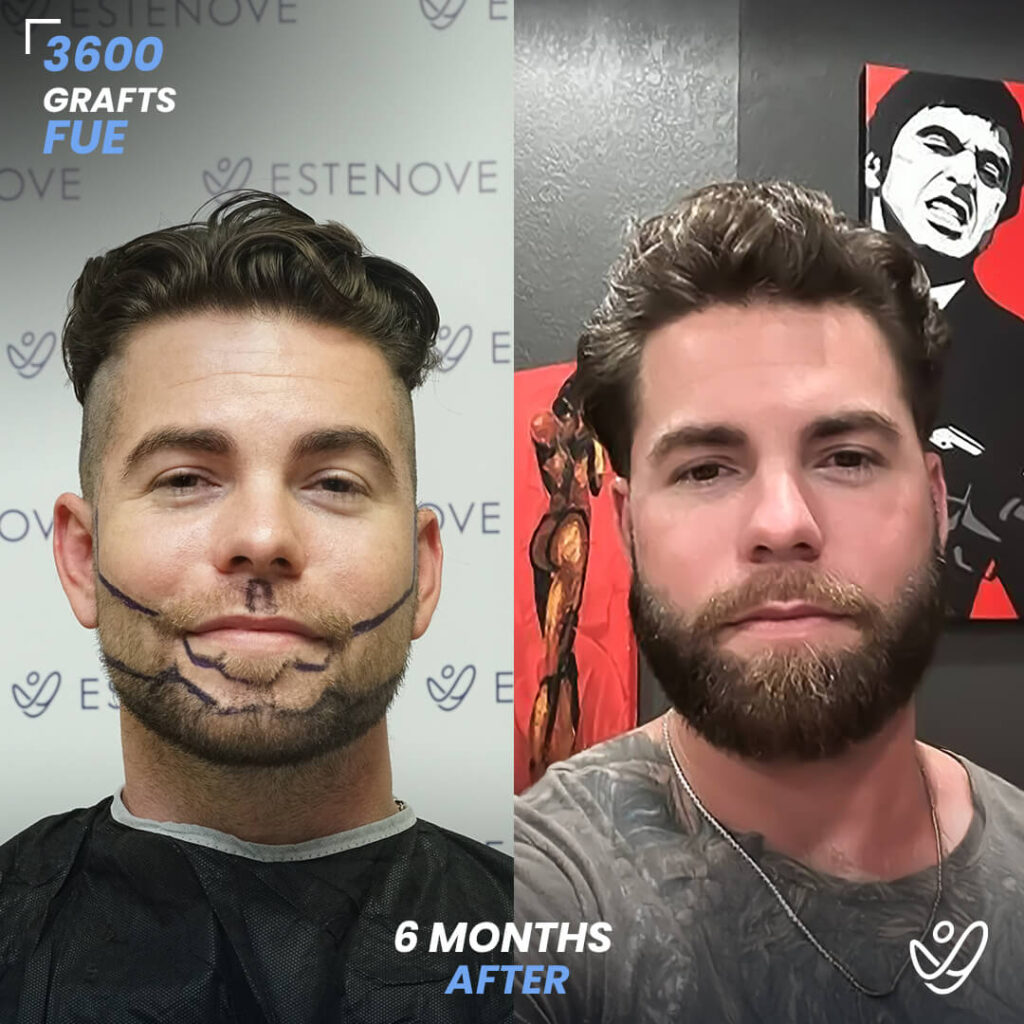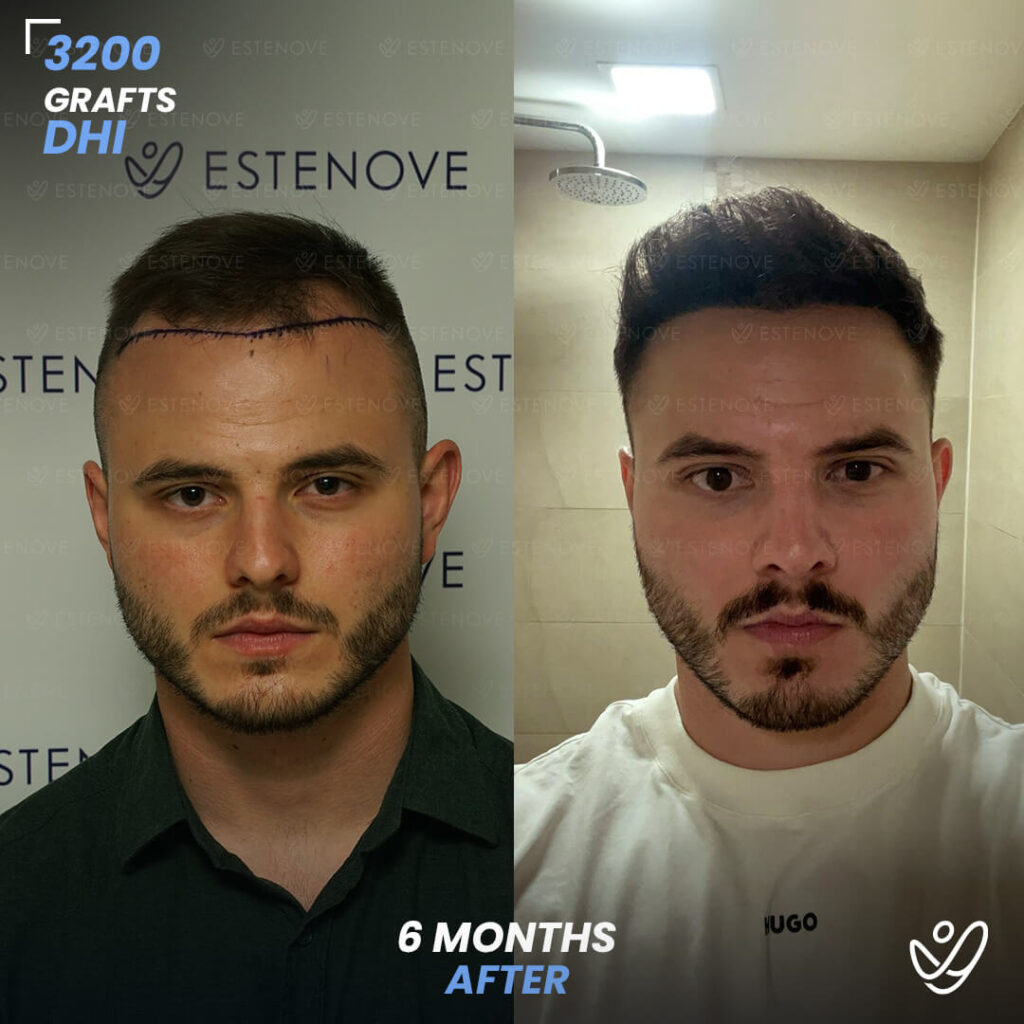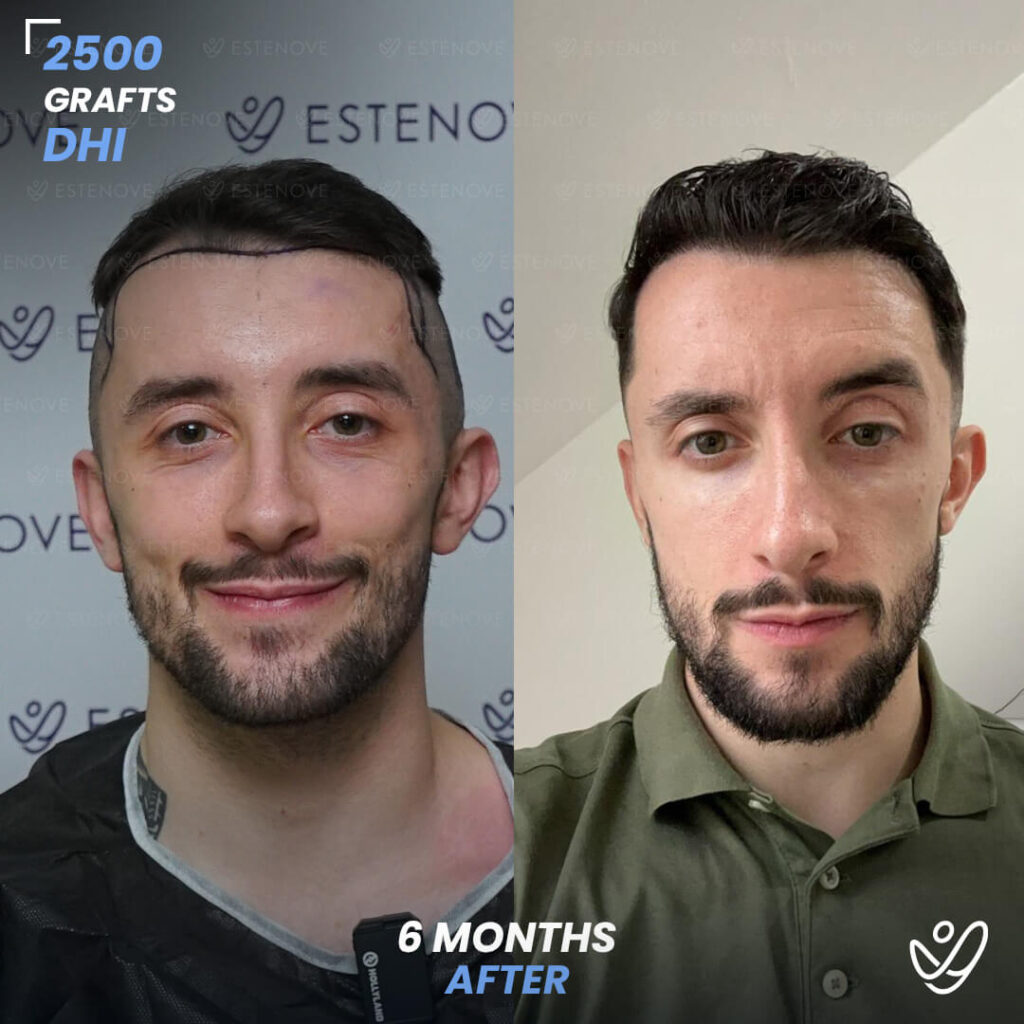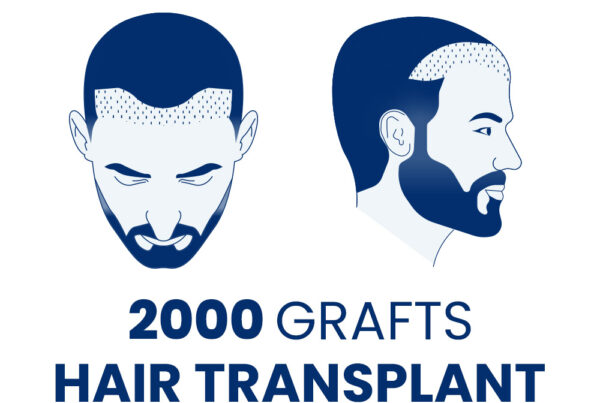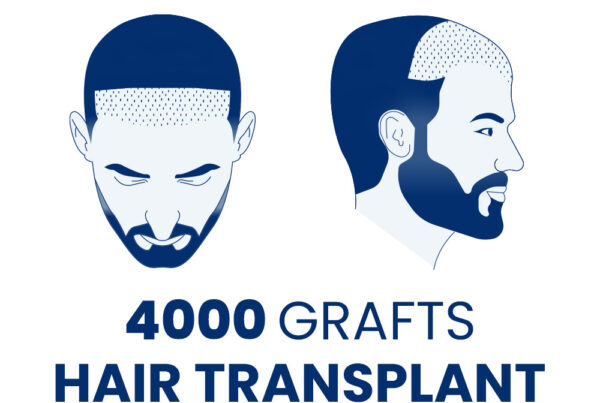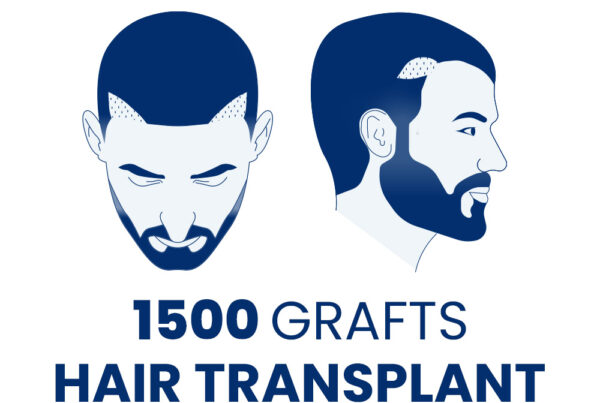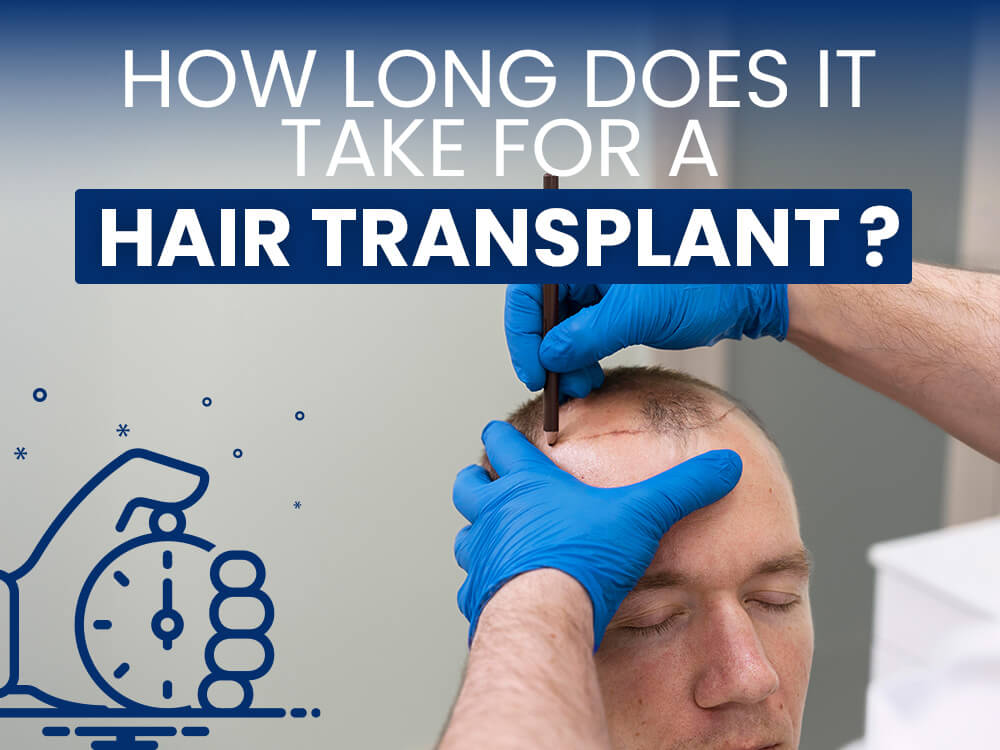
The duration of a hair transplant procedure can vary based on several factors, including the technique used and the extent of the hair loss. Understanding what to expect in terms of duration can help alleviate some concerns for potential candidates considering this popular cosmetic procedure.
Table of Contents
- Understanding the Hair Transplant Process
- Factors That Influence the Duration of a Hair Transplant
- Comparing Different Hair Transplant Techniques
- The Day of the Procedure: Step-by-Step Timeline
- Pre-Procedure Preparations: What to Expect
- Recovery Time: What Happens After the Surgery
- Common Myths About Hair Transplant Duration
- Hair Growth Timeline After Transplant
Understanding the Hair Transplant Process
The hair transplant process typically involves harvesting hair follicles from a donor area—usually the back or sides of the scalp—and transplanting them to areas experiencing thinning or balding. There are primarily three techniques used for hair transplants: Follicular Unit Transplantation (FUT), Direct Hair Implantation (DHI) and Follicular Unit Extraction (FUE). DHI involves extracting hair follicles from the donor area and implanting them directly into the recipient area without the need for incisions or stitches. This procedure uses a specialized tool called a Choi pen, which allows for precise control over the depth, angle, and direction of the implanted hair. FUT involves removing a strip of scalp from the donor area, which is then dissected into individual follicular units for transplantation. On the other hand, FUE is a more modern technique that involves extracting individual hair follicles directly from the scalp, which leaves minimal scarring and allows for quicker recovery times.
During the procedure, local anesthesia will be administered to minimize discomfort. This allows the patient to remain awake but pain-free throughout the process. The duration of the procedure can vary depending on the number of grafts being transplanted, typically lasting anywhere from four to eight hours. It is crucial to have a thorough consultation with a qualified specialist who can explain the process in detail and help tailor the procedure to the individual’s needs. Additionally, patients should discuss their medical history and any medications they are taking, as these factors can influence both the procedure and the healing process.
Post-surgery, patients can expect some swelling and redness in the treated areas, which usually subsides within a few days. It’s important to follow the aftercare instructions provided by the surgeon to ensure optimal healing and hair growth. This may include avoiding strenuous activities, protecting the scalp from direct sunlight, and using specific shampoos or topical treatments. Over the following months, the transplanted hair will begin to shed, which is a normal part of the process, before new hair starts to grow in its place. This gradual regrowth can take several months, and many patients report significant improvements in hair density and overall appearance within a year of the procedure.
Factors That Influence the Duration of a Hair Transplant
The overall time required for a hair transplant can be influenced by several key factors.
- Technique Used: DHI and FUE tends to take longer than FUT due to the meticulous extraction process.
- Number of Grafts: The more hair follicles needed, the longer the procedure will take. A smaller session may last 4 to 6 hours, while larger cases can take all day.
Calculate the number of grafts needed for your hair transplant and get an estimated cost for various destinations. Try graft calculator
- Surgeon’s Experience: An experienced surgeon may perform the procedure more efficiently, thus reducing the overall time without compromising quality.
- Patient’s Condition: Factors such as scalp elasticity and hair density can also affect the duration.
Comparing Different Hair Transplant Techniques
When considering a hair transplant, understanding the three main techniques—FUT, FUE, and DHI—is critical, as they differ in their duration, recovery times, and outcomes.
- FUT (Follicular Unit Transplantation) is also called strip harvesting and usually takes less time in the actual grafting phase. This is because bulk harvesting is done, though there is typically longer recovery time and visible scarring involved.
- FUE (Follicular Unit Extraction) has, on the contrary, extraction of each separate follicle painstakingly avoiding any scarring and providing faster recovery all with the sacrifice of longer procedures.
- DHI (Direct Hair Implantation) draws the line for its precise and less-trauma techniques, namely extraction of hair follicles from the donor area and implanting them directly into the recipient site without incisions or stitches. This is done using a specific tool, Choi pen. DHI is capable of providing depth, angle, and direction of implanted hairs for natural-looking results. It is popular in Turkey, mainly Istanbul, as it has great medical infrastructure and highly skilled surgeons performing treatments. Some have even begun offering Sapphire DHI, which uses a sapphire blade for creating implantation channels.
The Day of the Procedure: Step-by-Step Timeline
The day of the hair transplant is organized into distinct stages to ensure a smooth and effective process.
- Arrival and Preparation: Patients are advised to arrive early to fill out any required paperwork and undergo a final consultation with the doctor.
- Anesthesia Administration: Local anesthesia is applied to the scalp to ensure comfort during the procedure.
- Hair Follicle Harvesting: Depending on the chosen technique, this can take several hours. For DHI and FUE, individual follicles are extracted, whereas FUT involves removing a strip of scalp.
- Site Preparation: The recipient area where the hair will be transplanted is then prepared, including making tiny incisions. DHI method does not require incisions or stitches, reducing the risk of scarring.
- Follicle Placement: The harvested follicles are placed into the incisions, requiring precision and skill for optimal results.
- Post-Procedure Care: After completion, patients are given instructions on how to care for their scalp as well as a follow-up schedule.
Pre-Procedure Preparations: What to Expect
Before the day of the transplant, patients should be aware of several preparatory steps that can enhance the outcome of the procedure.
Firstly, a thorough consultation with the hair transplant surgeon is essential. This is when patients should voice their concerns and discuss realistic goals. It may also include a discussion about medications that should be avoided, such as blood thinners, prior to the surgery.
Patients are often advised to avoid alcohol and smoking for a few days leading up to the procedure. Staying well-hydrated and eating a nutritious meal can also contribute positively to the experience.
Recovery Time: What Happens After the Surgery
Post-surgery, the recovery process is just as important as the procedure itself. Patients should expect some swelling and discomfort, which can usually be managed with prescribed pain relief.
Typically, the first few days following the transplant are crucial. It’s recommended that patients avoid strenuous activities to allow their scalp to heal properly. Additionally, ensuring proper scalp hygiene is vital to prevent infection.
Most patients can expect some shedding of transplanted hair within a few weeks. This is a normal part of the process, and new hair growth typically begins within three to four months post-surgery. Check out hair transplant recovery month by month for detailed timeline.
Common Myths About Hair Transplant Duration
There are many misconceptions surrounding the duration of hair transplants, which can lead to unrealistic expectations.
One common myth is that hair transplants provide immediate results. In reality, while the procedure can be completed in a day, visible results can take several months to fully materialize.
Another myth is that all hair transplants are identical in duration. Each patient’s needs and conditions vary significantly, influencing how long the procedure will take.
Hair Growth Timeline After Transplant
Setting realistic expectations is crucial for any hair transplant patient. Generally, after the initial shedding phase, patients may begin to see new growth starting around the third to fourth month.
Most patients will notice significant improvements within six months after hair transplant to nine months after hair transplant, with full results typically visible after one year. The growth and appearance of hair can continue to improve for up to 18 months following the procedure.
By understanding the timeline and what to expect, individuals can approach their hair transplant journey with confidence and clarity.
Fill the form below to get free consultation


